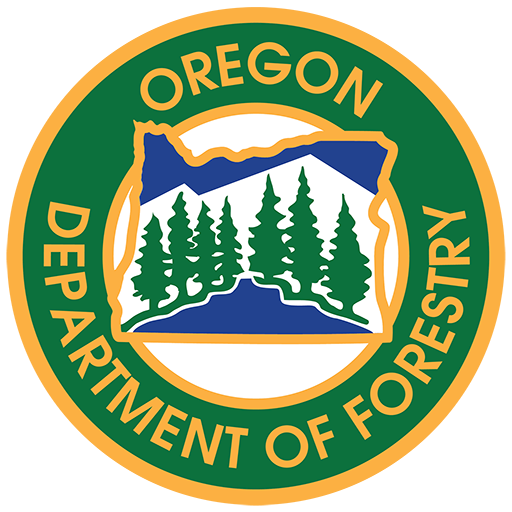 [Central Oregon] So far this year fires caused
[Central Oregon] So far this year fires caused
by lightning are significantly less than the ten year average in central Oregon. After the last three challenging fire seasons
which started early in the summer firefighters should feel relief, except human
caused fires are on the rise both on ODF protected lands and on lands protected
by our partners such as USFS, BLM and Rural Fire Districts. August is typically the busiest part of fire
season in Oregon and heading into the first weekend the forecast includes
lightning. Along with that forecast
comes “Extreme” fire conditions, fuels are dry and temperatures are warm. The increase in human caused fires adds to
firefighter fatigue and drains resources which may be needed to suppress
non-preventable fires. As of July 25th
the National Preparedness Level was raised to Level 3, which means significant
wildfire activity is occurring in multiple Geographic Areas of the US and
resources in a Geographic Area are likely not sufficient to support action on a
large fire. There are currently three
large fires burning in Oregon, all human caused. The potential for additional/multiple starts
from thunderstorms this weekend combined with the fire activity from human
starts over the last few weeks concerns fire managers as we enter the heart of
fire season.
prepared for fire season is a common theme throughout the spring and summer
months, focusing on creating defensible space for your home, fuel reduction
activities, and creating evacuation plans.
Preventing the next wildfire is equally as important, maybe more
so. Visitors and residents share this
responsibility, starting with adhering to fire prevention closures, which are
in effect. The following activities are
restricted by fire prevention closures:
Smoking is
prohibited while traveling, except in vehicles on improved roads.
Open fires are
prohibited, including campfires, debris burning, charcoal fires, cooking fires
and warming fires, except in designated areas.
Portable cooking stoves using liquefied or bottled fuels are allowed.
Chainsaw use is
prohibited, between the hours of 1:00 p.m. and 8:00 p.m. Chainsaw use is permitted at all other hours,
if the following firefighting equipment is present with each operating saw: one
axe, one shovel, and one operational 8 ounce or larger fire extinguisher. In addition, a fire watch is required at
least one hour following the use of each saw.
Use of motor
vehicles, including motorcycles and all-terrain vehicles, is prohibited, except
on improved roads and except for vehicle use by a landowner and employees of
the landowner upon their own land while conducting activities associated with
their livelihood.
Possession of the
following firefighting equipment is required while traveling in a motorized
vehicle, except on federal and state highways, county roads and driveways: one
shovel and one gallon of water or one operational 2½ pound or larger fire
extinguisher, except all-terrain vehicles and motorcycles which must be
equipped with an approved spark arrestor in good working condition.
Mowing of dried
grass with power driven equipment is prohibited, between the hours of 10:00
a.m. and 8:00 p.m., except for the commercial culture and harvest of
agricultural crops.
Use of fireworks
and blasting is prohibited.
ammunition, exploding targets and sky lanterns is prohibited during fire
season.
concerned about the trend, stating, “While the 2016 fire season in central and
eastern Oregon has started slower than the previous three—human caused fires
have dominated the landscape at a cost to all Oregonians.” Those costs are more than just dollars spent
fighting the fire, it is impacts to air and water quality, and increased
exposure for firefighters. Medema adds, “We
are urging everyone to be safe, mindful of the fire danger, prepared for a
wildfire in your community and partner with us to reduce the next human caused
fire.”
center immediately.
